Visual Arts

Landscape and the Moving Image
Elwes takes a journey through the twin histories of landscape art and experimental moving image and discovers how they coalesce in the work of artists from the 1970s to the present day.
Drawing on a wide geographical sampling Elwes considers issues that have preoccupied film and video artists over the years ranging from ecology gender race performativity conflict colonialism and our relationship to the nonhuman creatures with whom we share our world. The book is informed by the belief that artists can provide an embodied emotional response to landscape which is an essential driver in the urgent task of combating the environmental crisis we now face.
The book comprises a series of essays that explore how the moving image mediates our relationship to and understanding of landscapes. The focus is on artists’ film and video and draws on work from the 1970s to the present day. Early chapters map the theoretical terrain for both landscape and artists’ moving image creating a foundation for the chapters that follow devoted to practice. These address themes of identity politics performativity and animals and examine examples of British ‘weather-blown films’ and work from around the world including Indigenous Australian film landscapes. The book offers an informed personal view of the subject and threaded through the narrative is a concern with the environment and the vexed question of whether an appreciation of nature’s aesthetics undermines a commitment to ecology.
The book is written in a clear engaging style and is enlivened by Elwes's own experiences as a video artist writer and curator and the primary material she draws on derived from conversations with fellow practitioners across the years.
As a practitioner Elwes was a key figure in the early phases of video art in the UK as well as a curator and critic. She was professor of moving image art at the University of the Arts London; and is founding editor of the Moving Image Review & Art Journal (MIRAJ)
This book will appeal to students undergraduate and post-graduate Ph.D. candidates researchers practitioners teachers and lecturers and a general readership of interested gallery-going public.
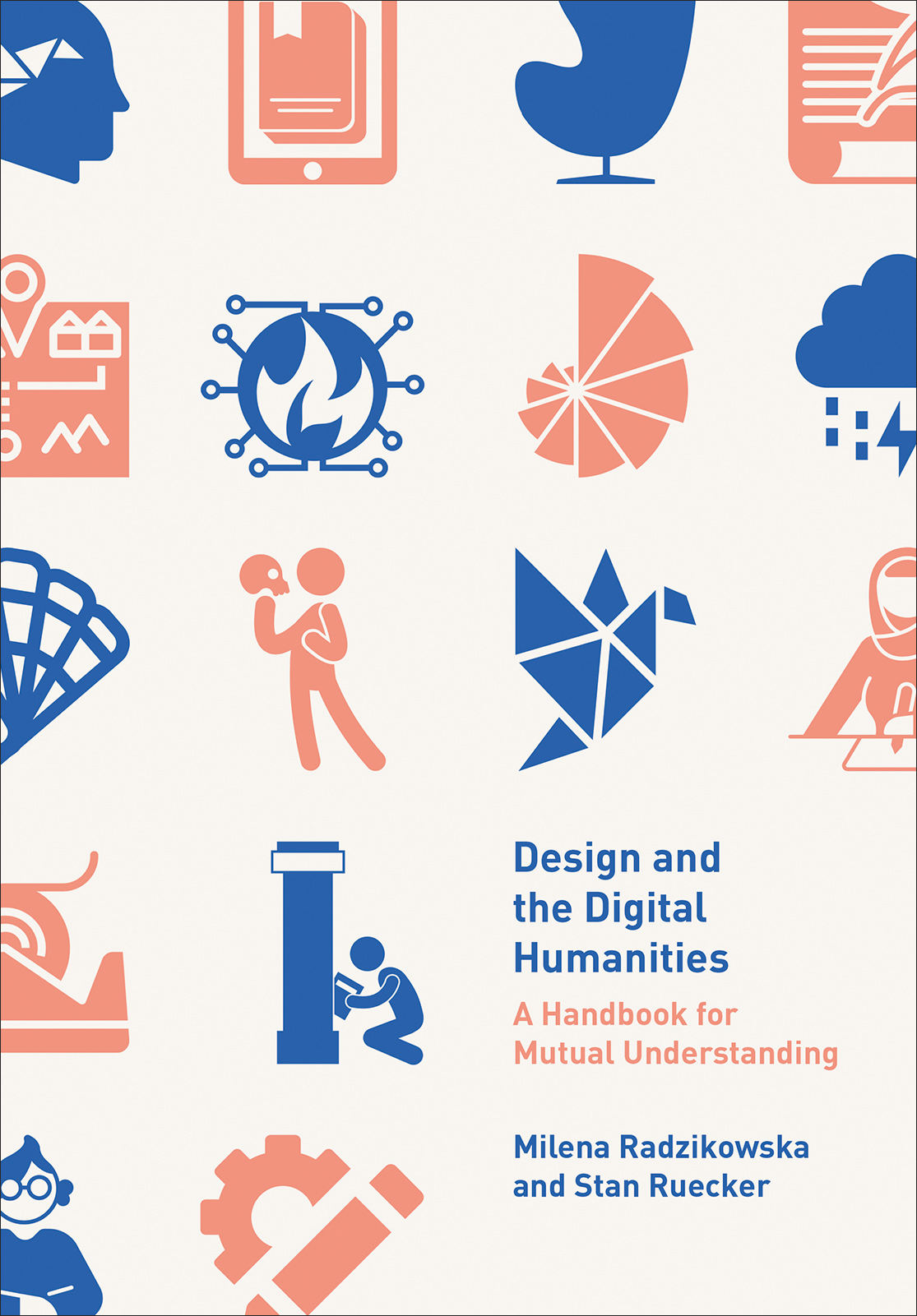
Design and the Digital Humanities
This is an essential practical guide for academics researchers and professionals involved in the digital humanities as well as designers working with them. It prepares readers from both fields for working together outlining disciplinary perspectives and lessons learned from more than twenty years of experience with over two dozen practical exercises.
The central premise of the book is a timely one – that the twin disciplines of visual communication design and digital humanities (DH) are natural allies with much to be gained for researchers students and practitioners from both areas who are able to form alliances with those from the other side. The disciplines share a common fundamental belief in the extraordinary value of interdisciplinarity which in this case means that the training experience and inclinations from both fields naturally tend to coincide. The fields also share an interest in research that focuses on humanities questions and approaches where the goal is to improve understanding through repeated observation and discussion. Both disciplines tend to be generative in nature with the ultimate end in many cases of designing and creating the next generation of systems and tools whether those be intended for dealing with information or communication.
The interdisciplinary nature of this book is both a strength and a challenge. For those academics and practitioners who have worked with the other discipline this will be a much-welcomed handbook of terminology methods and activities. It will also be of interest to those who have read about seen presented and used the outcomes of successful design and DH collaborations and who might be interested in forming similar partnerships.
However for all they have in common design and digital humanities also have significant differences. This book discusses these issues in the context of a variety of research projects as well as classroom activities that have been tried and tested. This book will provide both design and the digital humanities with a better mutual understanding with the practical intention of working effectively together in ways that are productive and satisfying for everyone involved.
Design education has a long history a presence in many post-secondary institutions and a robust market for educational and practice-based literature. The Digital Humanities community in contrast is much younger but rising rapidly both academically and within industry. Both design and DH are collaborative disciplines with much in common in terms of vision but with confusing overlap in terminology and ways-to-practice.
The book describes and demonstrates foundational concepts from both fields with numerous examples as well as projects activities and further readings at the end of each chapter. It provides complete coverage of core design and DH principles complete with illustrated case studies from cutting-edge interdisciplinary research projects. Design and the Digital Humanities offers a unique approach to mastering the fundamental processes concepts and techniques critical to both disciplines.
It will be of interest to those who have been following previous work by bestselling authors in the fields of visual communication design and the digital humanities such as Ellen Lupton Steven Heller Julianne Nyhan Claire Warwick and Melissa Terras.
This guide is suitable for use as an undergraduate or masters-level text or as an in-the-field reference guide. Throughout the book terms or concepts that may not be familiar to all readers are carefully spelled out with examples so that the text is as accessible as possible to non-technical readers from a range of disciplines.
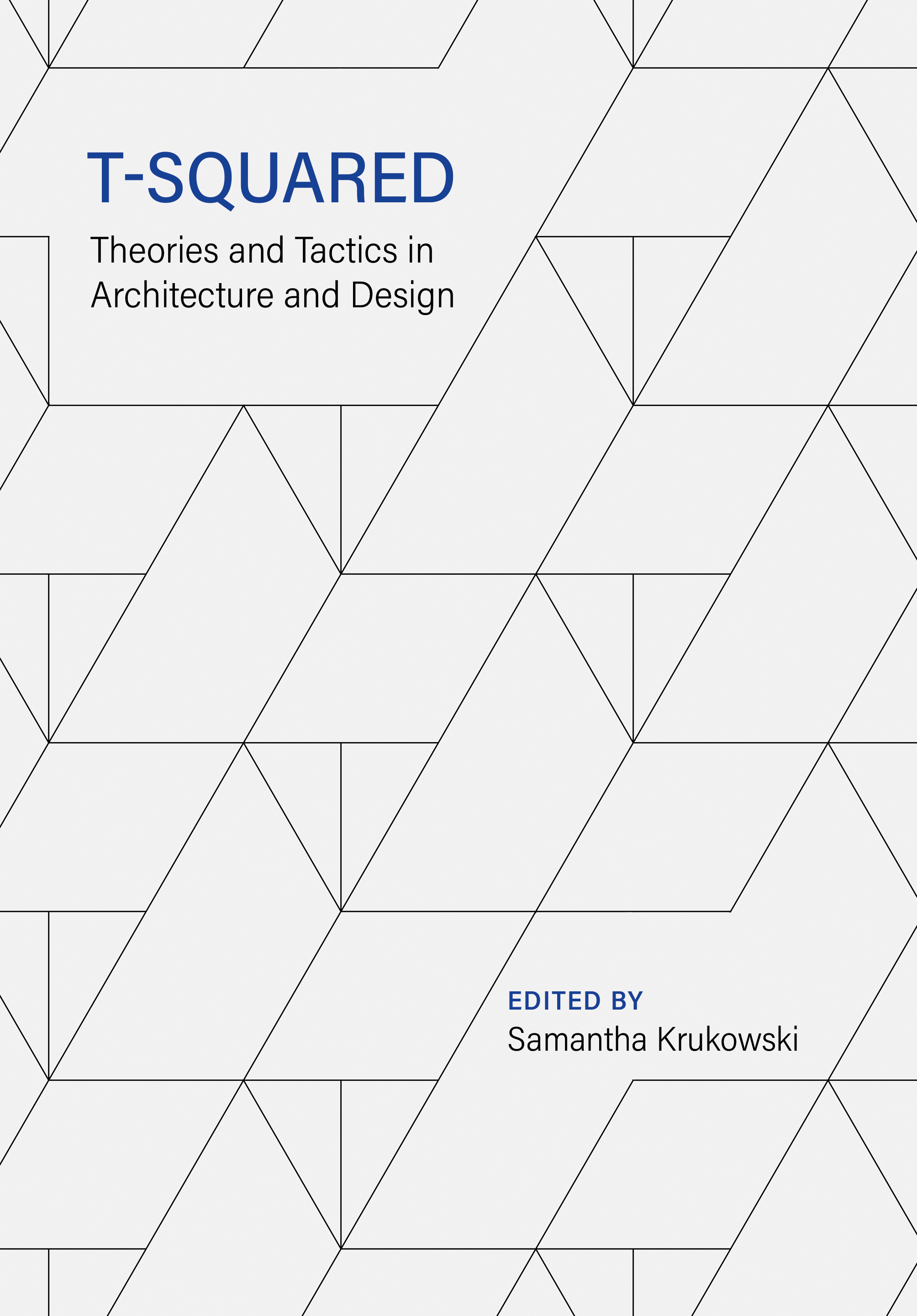
T-Squared
An interdisciplinary collection with its origins in the 2018 National Conference on the Beginning Design Student hosted by the College of Design Architecture Art and Planning at the University of Cincinnati the overarching focus of which was on 'TIME'. The book includes contributions from some scholars who were not involved in the conference but whose voices are important to the conversation.
T-Squared: Theories and Tactics in Architecture and Design has three primary aims. First it reveals and illuminates the extensive and explicit relationship between the research that shapes art architecture and design practices and the studio prompts and assignments that are developed by faculty for students engaging the creative disciplines. Second it demonstrates that pedagogical inquiry and invention can be a (radical) research endeavour that can also become an evolutionary agent for faculty students institutions and communities. Third it makes available to a larger audience a set of innovative ideas and exercises that have until now been known to limited numbers of students and faculty hidden behind the walls of studio courses and institutions.
This book will appeal to anyone interested in design thinking and design process as well as to architects architectural educators and architecture students who may particularly identify in it stirrings of a new world order and a call to arms.
Each chapter of T-Squared is separated into two parts: THEORY (T1) and TACTICS (T2). In T1 the authors offer mini-manifestos about topics that relate to their professional interests and efforts. In T2 the authors delineate exercises that reflect the ideascapes and methodologies presented in T1. The exercises in T2 are adapted for the reader from assignments given to students enrolled in design studios at a variety of universities. In their current incarnation they offer anyone with tenacity imagination and an adventurous attitude towards architecture and design access to distinct sets of provocative questions procedures and modes. The T2 offerings require the reader’s engagement and imagination and the rolling up of sleeves – while there may be steps to follow many of the exercises read like Fluxus scores and require investment rather than obedience. A suspension of disbelief is required – but all seriously creative folk (like you reader) understand that already.
Primary readership will be among design educators and students looking for a window through which to view the ways design is being introduced taught and positioned across disciplines and institutions and to architects architectural educators and architecture students.
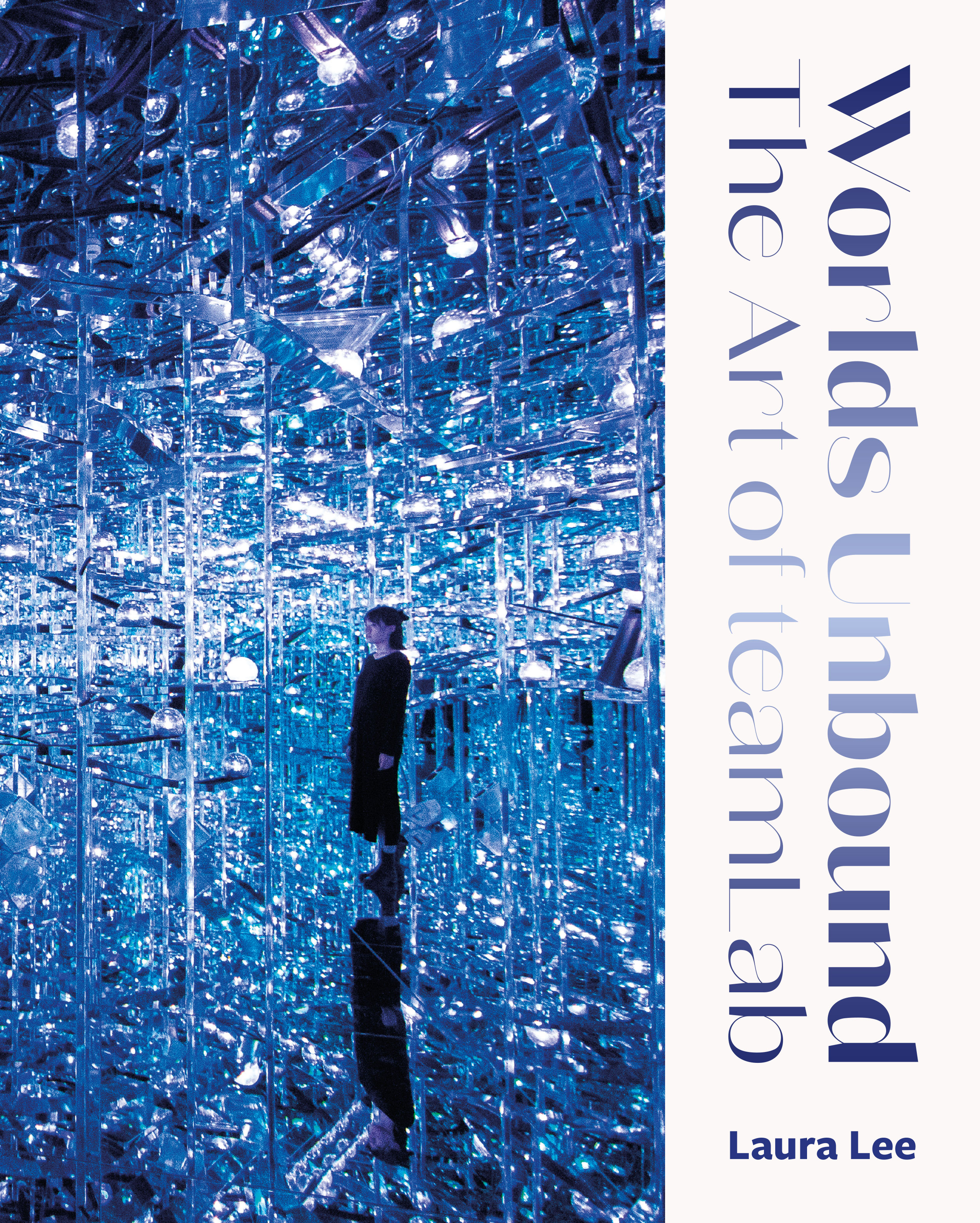
Worlds Unbound
In this lavishly illustrated volume Laura Lee introduces the art of Tokyo-based digital art collective teamLab which has soared to global fame with its electrifying immersive and interactive installations. The first of its kind Worlds Unbound: The Art of teamLab provides a comprehensive overview of teamLab’s artistic vision and achievements from its beginnings to its twentieth anniversary in 2021 and illuminates the remarkable scope of teamLab’s groundbreaking art and its fundamental contribution to the pivotal field of new media art.
This original new book the first scholarly monograph on this popular group unpacks the popularity and success of the digital immersive environments created worldwide by the Tokyo-based collective teamLab from multiple perspectives and addresses the lack of critical appreciation of their work. The book includes an extensive interview with teamLab.
teamLab launched in January 2001 with five members and now comprises more than 600 individuals in a multidisciplinary collaboration of engineers computer graphics animators mathematicians graphic designers architects artists and computer programmers.
The digital art collective has attained international celebrity for its electrifying installations that transcend boundaries between gallery public space and popular entertainment and judging from press coverage ticket sales and prolific production it seems clear teamLab’s success is only on the rise. In 2018 the collective opened the MORI Building DIGITAL ART MUSEUM: teamLab Borderless a massive technological environment in Tokyo that recorded 2.3 million visitors in its first year of operation – the world’s largest annual number of visitors of any single-artist museum. The same year saw numerous other high-profile immersive exhibitions including teamLab: Massless in Helsinki Au-delà des limites in Paris and teamLab Planets TOKYO a second exhibition in Tokyo.
These were quickly followed by two new museums teamLab Borderless Shanghai in 2019 and in 2020 teamLab SuperNature in Macao. The vast sea of selfies that have emerged from these venues index the collective’s soaring global popularity.
At the same time teamLab’s works have found art market success and have been exhibited in major museums worldwide including the National Gallery of Art in Washington DC and Los Angeles County Museum of Art (LACMA) and they are part of the permanent collection of The Art Gallery of New South Wales the Asian Art Museum of San Francisco and Amos Rex in Helsinki among numerous others. This canonization of teamLab’s art belies the fact that the group did not have a traditional gallery start and in fact teamLab has always engaged in software development and corporate work in addition to creating artworks. The collective thus boasts an enigmatic status spanning conventional categories and defying traditional art world pedigree. In so doing it has produced a tremendously rich body of work that speaks to several overlapping issues pertinent to contemporary art while advancing a unique artistic vision.
Primary readership will include artists art historians and visual studies scholars who are particularly interested in the most recent media art and Japanese contemporary art. It will be an essential resource for students and scholars working in Japanese art global contemporary art digital art augmented reality expanded cinema and installation art and related fields.
It will also be of more general interest to those who have visited or hope to visit teamLab environments worldwide.
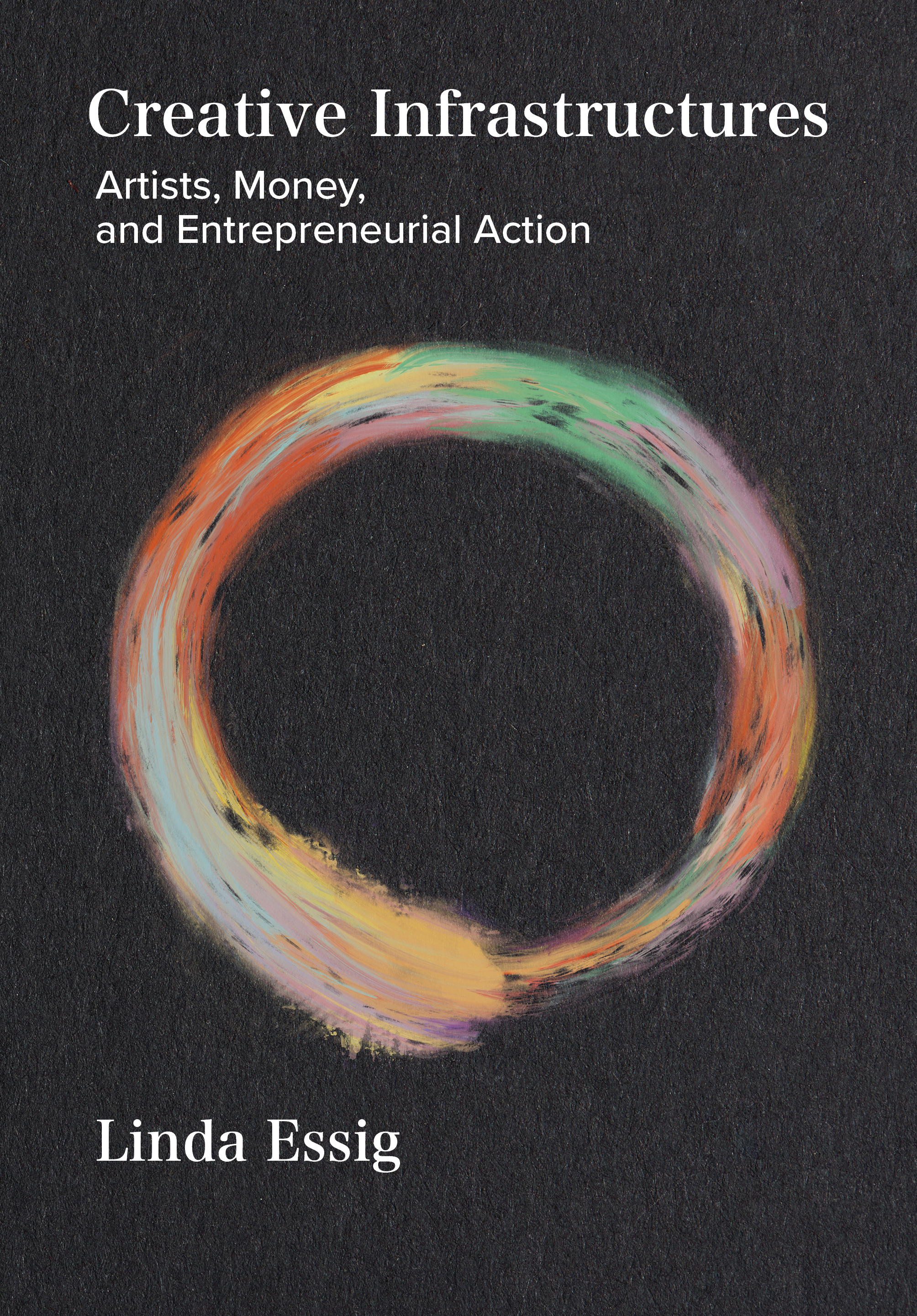
Creative Infrastructures
Creative Infrastructures is a new collection of connected essays that examines the relationships between art innovation entrepreneurship and money. Essig uses her extensive knowledge of the field of arts entrepreneurship and puts it to broader practical use and greater impact by offering a theory for arts entrepreneurship that places more emphasis on means over ends. Essig uses illustrative case studies to show how her theoretical framework explains a number of innovative efforts in culturally and racially diverse communities.
The Ouroboros the serpent eating its own tail is a visual metaphor deployed by Essig in the opening essay to shift commonly held perspectives on especially the relationship between art and money. Art is the head; money is the tail feeding and nourishing the head in a cycle that enables the organism to not only survive but also thrive.
Between the art and the money is the body: innovation and entrepreneurship. Innovation is understood to be a novel idea that is implemented and has impact on a domain. For that is what the artist does: create something new and unique that has impact. Entrepreneurship is conceived of as the discovery or creation of a mediating structure that can convert the artistic innovation into capital (financial and other types) that can be re-invested in the artist and the making of more art. This book endeavours to untie the knotty relationships between artists and entrepreneurship in order to answer the question 'How can artists make work and thrive in our late-capitalist society?'
Other essays in the collection consider a range of topics including how aesthetic and cultural value are transmitted from the artist to the audience; the complexity of the tension between what art fundamentally is and the reproduction of that work and the recent foregrounding of the idea that art can produce positive social change – through current and late-twentieth-century trends in 'social impact art' or 'art for change'.
As in sports business and other sectors the star artists the top 1 per cent have disproportionately influenced the public expectations for what 'a successful artist' means. It isn’t necessary to retell the stories of the one per cent of arts entrepreneurs; instead Essig looks instead at the quotidian artist at what they do and why not what they make. All too often artists who are attentive to the 'business' of their creative practice are accused of 'selling out'. But for many working artists that attention to business is what enables an artist to not just survive but to thrive. When artists follow their mission Essig contends that they don’t sell out they spiral up by keeping mission at the forefront.
The closing essay is a work of speculative fiction based in all that comes before both in the preceding essays and in Essig’s work as an artist arts advocate and scholar of cultural policy. Returning to the symbol of the Ouroboros it connects the head (art) to the tail (not money specifically but resources) and back again. It is a 'future imaginary' in which she profiles three fictional artists in the year 2050.
The field of arts entrepreneurship is growing – thanks in large part to the work of Linda Essig. The case studies in the book are US-based but the issues addressed are universal.
This book is ideal for use in training programmes for arts administrators and advocates; policy analysts and business schools that are looking to add in arts programmes. It will be of great interest and significance to people working in the cultural industries in the United Kingdom and Europe especially Germany where there has also been some recent research interest on similar topics.
It is also relevant to the many artists who participate in training and professional development programmes in their community as well as those who are just starting out.
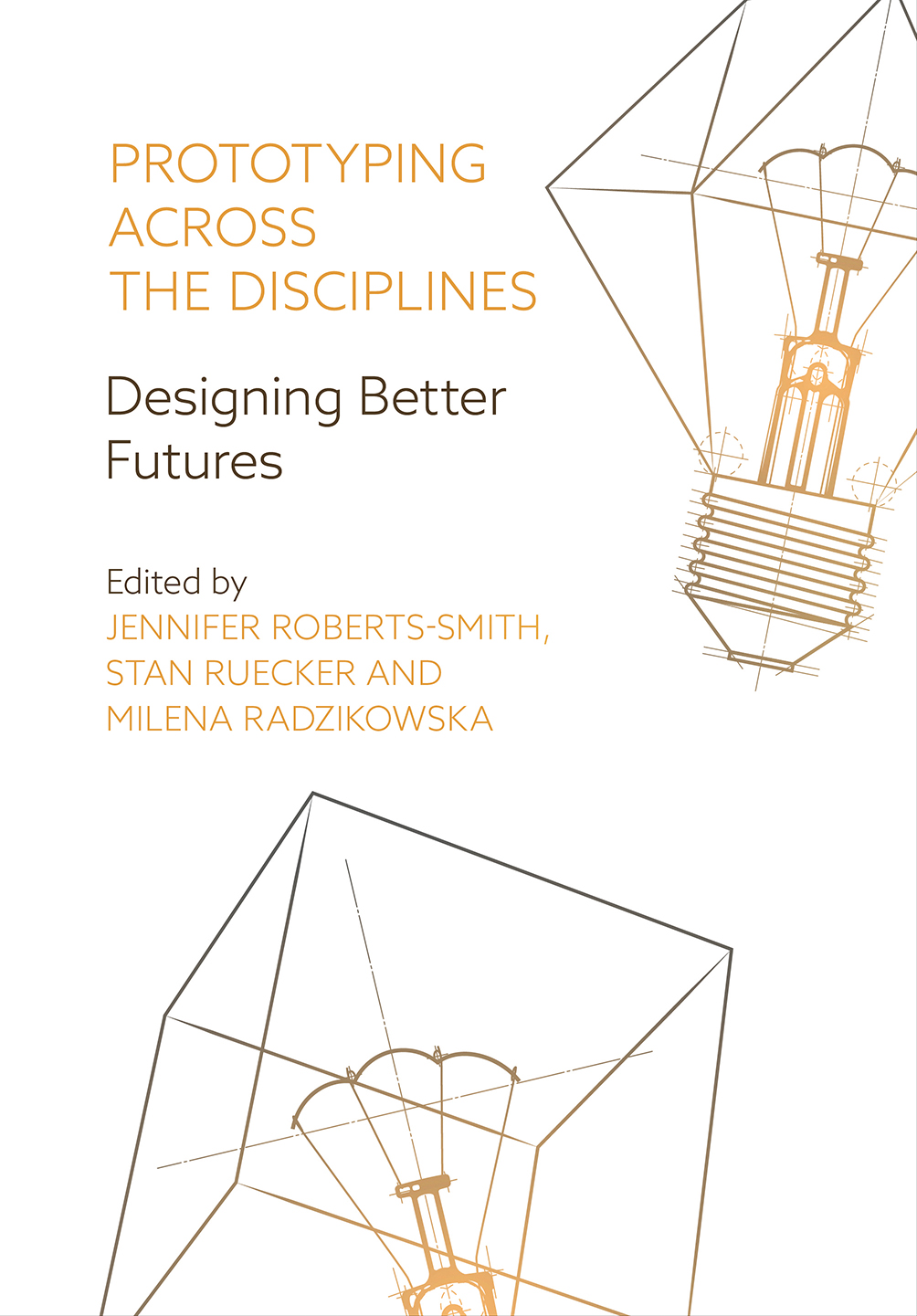
Prototyping across the Disciplines
If people from different fields are going to work together on projects then they need to begin to understand each other. They can be separated by the words they use the ways they work and how they think. However in many fields there is common ground in the attempts to create what is sometimes called inventive knowledge. These fields progress not only by understanding increasingly more about what already exists but by making guesses about possible better futures. The guesses consist of small forays into that future using strategies that are variously called learning through making research through design or more simply prototyping.
While traditionally associated primarily with industrial design and more recently with software development prototyping is now used as an important tool in areas ranging from materials engineering to landscape architecture to the digital humanities. This book collects current theories and methods of prototyping in a dozen disciplines illustrating them through case studies of actual projects whether in industry or the classroom.
This edited collection aims to provide a context a theoretical framework and a set of methodologies for interdisciplinary collaboration in design. Each chapter offers a different disciplinary perspective on prototyping providing a case study as a point of comparison for identifying commonalities and divergences in current practices. Contributions are from a group of scholars with worldwide experience of working and presenting in design and who are currently based in Canada the United States Chile and Brazil.
This book isn’t just about design across the disciplines it is about how prototyping works in different disciplines. Prototyping is a crucial part of the design process and a practice used by creators from all design disciplines from architects and engineers to industrial and service designers to test a concept or process and evaluate an idea.
Much research has been published on prototyping in design; what makes this new book unique is the cross disciplinary nature showing designers how they can learn from various approaches to improve their skills. Disciplines discussed include post-human design theatre tabletop game design landscape architecture and arts entrepreneurship.
Primarily of interest to design scholars and practitioners with an interest in integrative design. Undergraduates and graduate students in design HCI (human-computer interaction) and the digital humanities. Textbook potential.
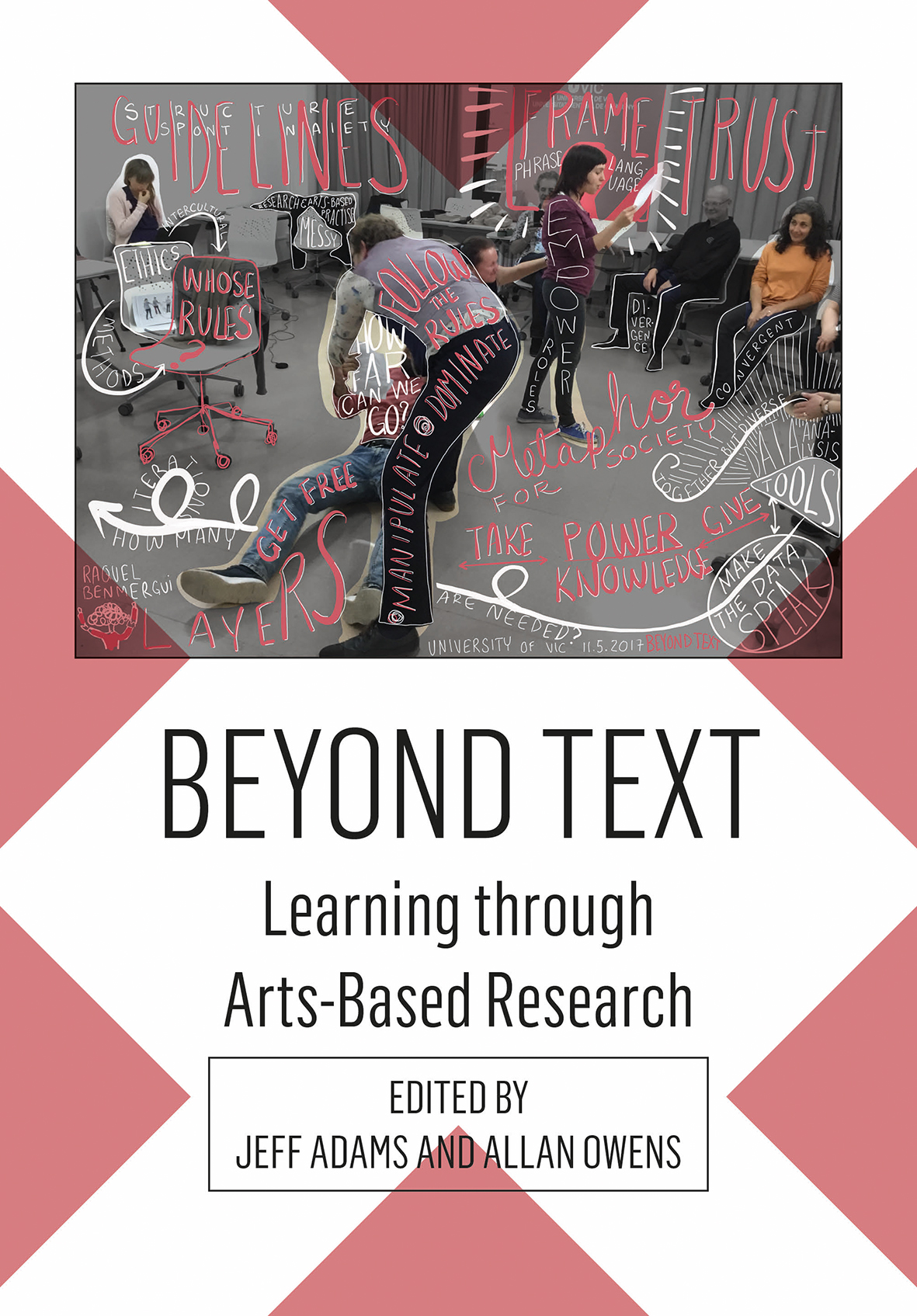
Beyond Text
This original new book represents a variety of art forms across different professional contexts. Its focus is on the ways that educational practitioners and leaders from a range of cultures disciplines professions and organizations practice arts-based research and it explores how these can enable innovative means of learning and enhance professional and organizational development.
This vibrant project allowed for long term systematic conversations between a large and unusually diverse group of twenty-nine people from eight organisations in six countries. It was unusually diverse in many senses: for some the word ‘data’ meant little for others it was central to their daily work; for some artistic practice was core while for others the arts were a means to an end; while some were social entrepreneurs running their own companies others were researching in universities and a number were doing both; some were working within the STEM disciplines of business management engineering science technology sustainability and the built environment others were in the social sciences of social and health care education and youth work while others were engaged in rapid or long term social and cultural action as a means of resisting state violence and military occupation; some worked in one of the safest countries on the planet others in one of the most tear-gassed refugee camps in the world.
Within these professional groups there were also ranges of experience for example senior researchers early career researchers PhD students seasoned professional artists and newcomers to arts forms. Whilst the main communication of this group was English six other major languages were spoken Estonian Finish Catalan Spanish Arabic and key stakeholders bought Swedish and Japanese into the space. This meant that while the conversations in and about arts-based practice were transnational interdisciplinary and systematic they had all the messy troubled-ness that the intercultural on all of the above levels brings with it.
This unique and exciting collection discusses how creative arts practices can have a significant impact on research across a range of international contexts drawing on their own field of research and educational experience. For instance drama music dance and visual arts can be used to understand how learners internalise concepts reflect on how decisions are made in the midst of action in leadership education or investigate the use of the intuitive alongside the rational and analytical in their educational experience. Non-textual arts-based forms of research can also provide modes of investigation into pedagogical and professional practices when applied to fields that normally lie outside of the arts.
Its greatest strengths are its focus on arts-based research as a way of learning in a variety of contexts and often in collaboration. Its consistent theoretical artistic and professional engagements make it a very readable and engaging read.
The representation of a variety of art forms across different professional contexts means that this book will have appeal to several readerships in higher education including the following groups.
Academics and practitioners using arts-based methods in organisation and business settings. Researchers in the arts and researchers generically in the social sciences humanities and arts. University students of the arts education and professional studies especially those interested in the wider international and intercultural diversity of research methodologies.
Those working in international research teams using any form of qualitative research will also find this collection very interesting. It also has potential interest for groups outside higher education with an interest in arts-based research – for example community groups looking to explore collaborative projects.
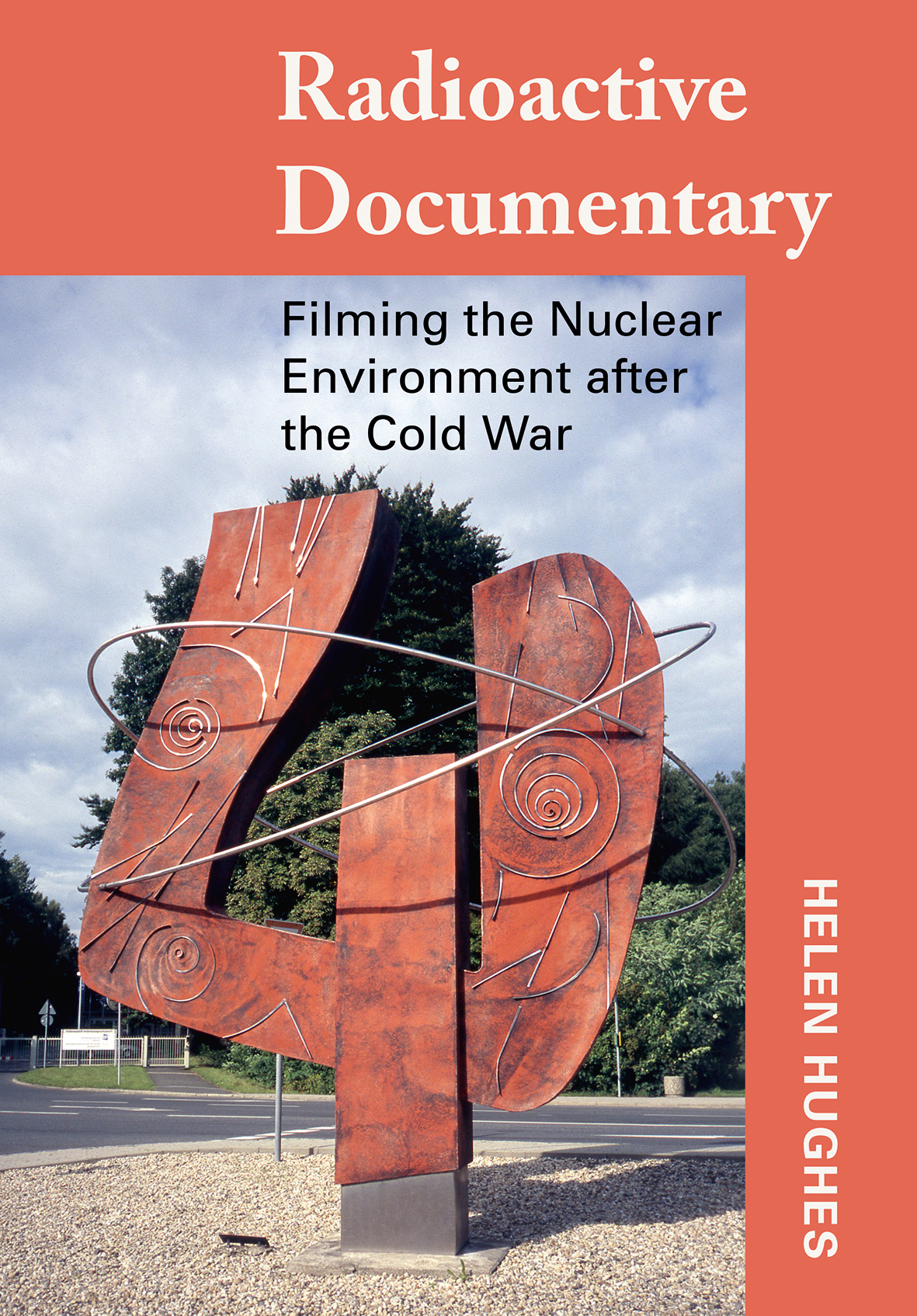
Radioactive Documentary
How have nuclear issues been covered in documentary since the end of the Cold War? This original new book explores how the sometimes elusive sometimes dramatic effects of uranium products on the landscape on architecture and on social organisation continue to show up on-screen maintaining a record of moving images that goes back to the early twentieth century.
It is the first book to analyse independent documentary films about nuclear energy - it suggests an approach to documentary films as agents of change.
Each chapter of this book focuses on one of ten different documentary films made in Europe and North America since 1989. Each of these films works the material and the ideological heritage of the nuclear power industry into visions of the future. Dealing with the legacy of how ignorance and neglect led to accidents and failures the films offer different ways of understanding and moving on from the past. The documentary form itself can be understood as a collective means for the discovery of creative solutions and the communication of new narratives. In the case of these films the concepts of radioactivity and deep time in particular are used to bring together narrative and formal aesthetics in the process of reimagining the relationships between people and their environments.
Focusing on the representation of radioactive spaces in documentary and experimental art films the study shows how moving images do more than communicate the risks and opportunities and the tumultuous history associated with atomic energy. They embody the effects of Cold War technologies as they persist into the present acting as a reminder that the story is not over yet.
Primary readership will be academics and students working in environmental communication and in environmental humanities more broadly. For students of independent film or documentary it will also provide a clear picture of contemporary themes and creative practice.
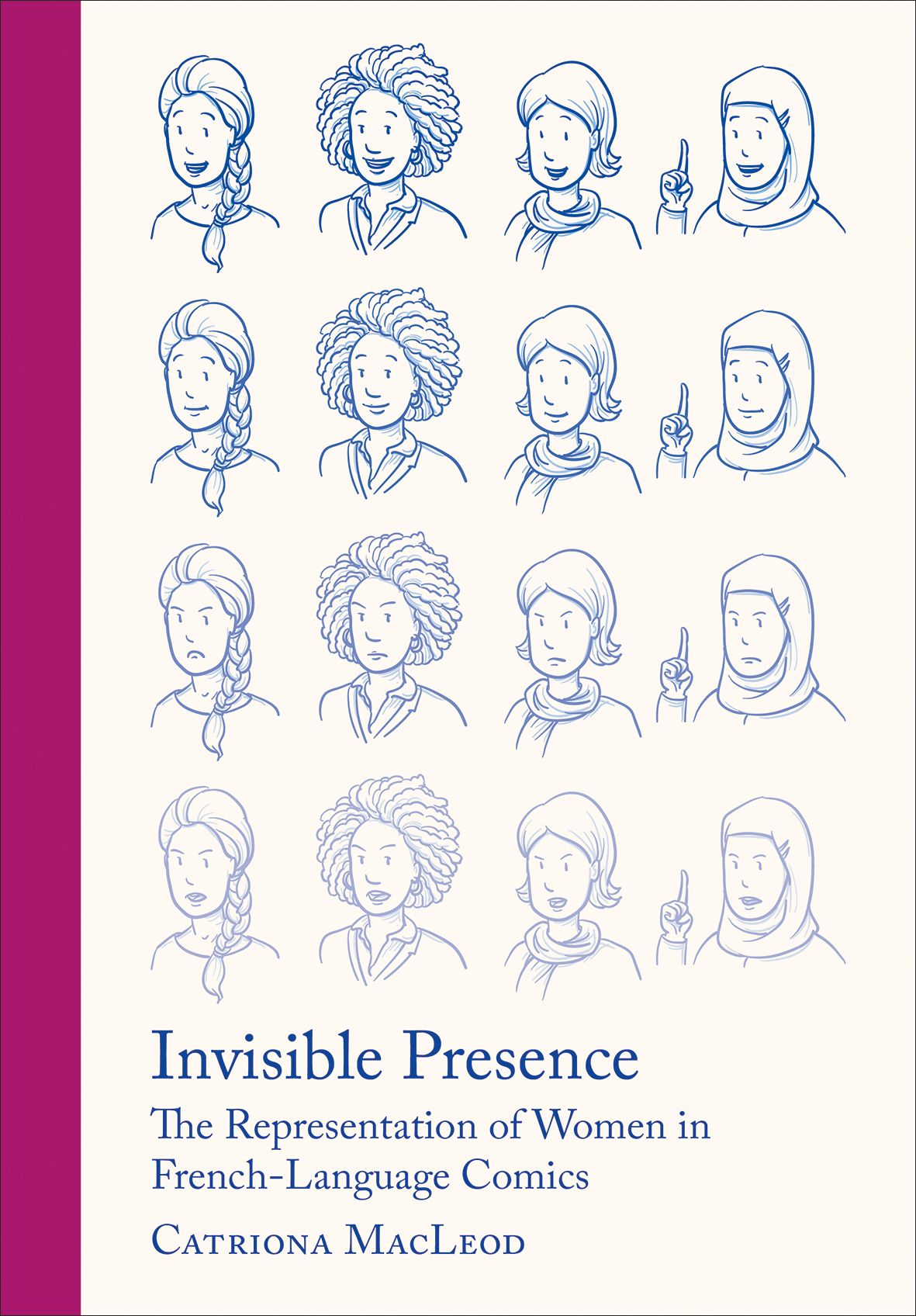
Invisible Presence
This book looks at the representation of female characters in French comics from their first appearance in 1905. Organised into three sections the book looks at the representation of women as main characters created by men as secondary characters created by men and as characters created by women.
It focuses on female characters both primary and secondary in the francophone comic or bande dessinée as well as the work of female bande dessinée creators more generally. Until now these characters and creators have received relatively little scholarly attention; this new book is set to change this status quo.
Using feminist scholarship especially from well-known film and literary theorists the book asks what it means to draw women from within a phallocentric male-dominated paradigm as well as how the particular medium of bande dessinée its form as well as its history has shaped dominant representations of women.
This is the first book to study the representation of women in the French-language drawn strip. There are no other works with this specific focus either on women in Franco-Belgian comics or on the drawn representation of women by men.
This is a very useful addition to both general discussions of French-language comics and to discussions of women’s comics which are focused on comics by women only.
As it is written in English and due to the popularity of comic art in Britain and the United States this book will primarily appeal to an Anglo-American market. However the cultural and gender studies approach this text employs (theoretical frameworks still not widely seen in non-Anglophone studies of the bande dessinée) will ensure that the text is also of interest to a Franco-Belgian audience.
With a focus on an art-form which also inspires a lot of public (non-academic) enthusiasm it will also appeal to fans of the bande dessinée (or wider comic art medium) who are interested in the representation of women in comic art and to comics scholars on a broad scale.
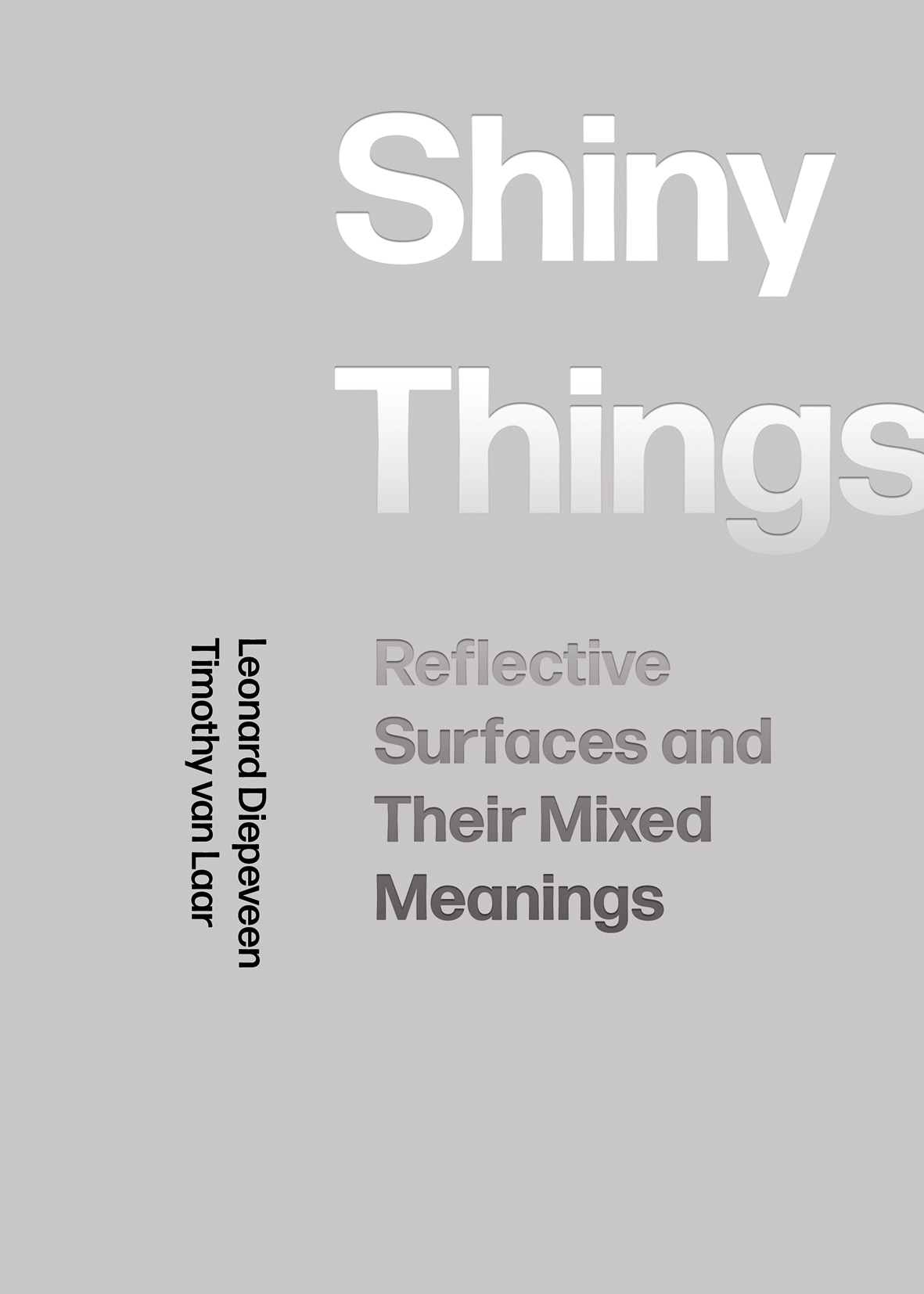
Shiny Things
Shiny Things combines an interest in visual art with a broad attention to popular culture – the wideness of its range is striking. It is more than just an expansion of subject matter which many of today’s innovative books also have – it considers how a specific physical property manifests itself in both art and culture at large and contributes to an analysis of and polemics about the world. It is accessibly written but with a careful application of contemporary theory.
Interesting informative and entertaining this will appeal to progressive thinkers looking for new ways of presenting ideas. This is scholarship that challenges stale thought and interacts with philosophical ideas in real time with a versatility that can often be lacking in traditional academic scholarship.
Using art especially contemporary art as its recurrent point of reference the authors argue that shininess has moved from a time when rarity gave shiny things a direct meaning of power and transcendence. Shininess today is pervasive; its attraction is a foundation of consumer culture with its attendant effects on our architecture our conceptions of the body and our production of spectacle. Power and the sacred as readings of the shiny have given way to readings of superficiality irony and anxiety while somehow shininess has maintained its qualities of fascination newness and cleanliness.
Examines the meanings and functions of shininess in art and in culture more generally: its contradictions of both preciousness and superficiality and its complexities of representation; the way shininess itself is physically and metaphorically present in the construction of major conceptual categories such as hygiene utopias the sublime and camp; and the way the affects of shininess rooted in its inherent disorienting excess produce irony anxiety pleasure kitsch and fetishism. All of these large ideas are embodied in the instantly noticeable sometimes precious and sometimes cheap physical presence of shiny things those things that catch our eye and divert our attention. Shininess then is a compelling subject that instantly attracts and fascinates people.
The book engages primarily with visual art although it makes frequent use of material culture as well as advertising film literature and other areas of popular and political culture. The art world however is a place where many of the affects of shininess come into clearest focus where the polemical semiotics of shine are most evident and consciously explored.
Artists as diverse as Anish Kapoor (whose popular Cloud Gate sculpture in Chicago is a repeating example in the book) Olafur Eliasson Jeff Koons Carolee Schneemann Audrey Flack Fra Angelico and Gerard ter Borch centre the book in an art discourse that opens up to automobiles Richard Nixon and Liberace.
Will be relevant to academics scholars and students with an interest in contemporary theory and material and popular cultures. Potential interest across the humanities: philosophy gender studies perhaps public relations advertising and marketing.
It will also appeal to more general readers with an interest in popular and material cultures art and aesthetics. It is written in a genuinely accessible style and its ideas and theory are embodied through examples and narratives. Will be of interest to readers of Oliver Sacks James Gleick George Lakoff James Elkins or Rebecca Solnit.
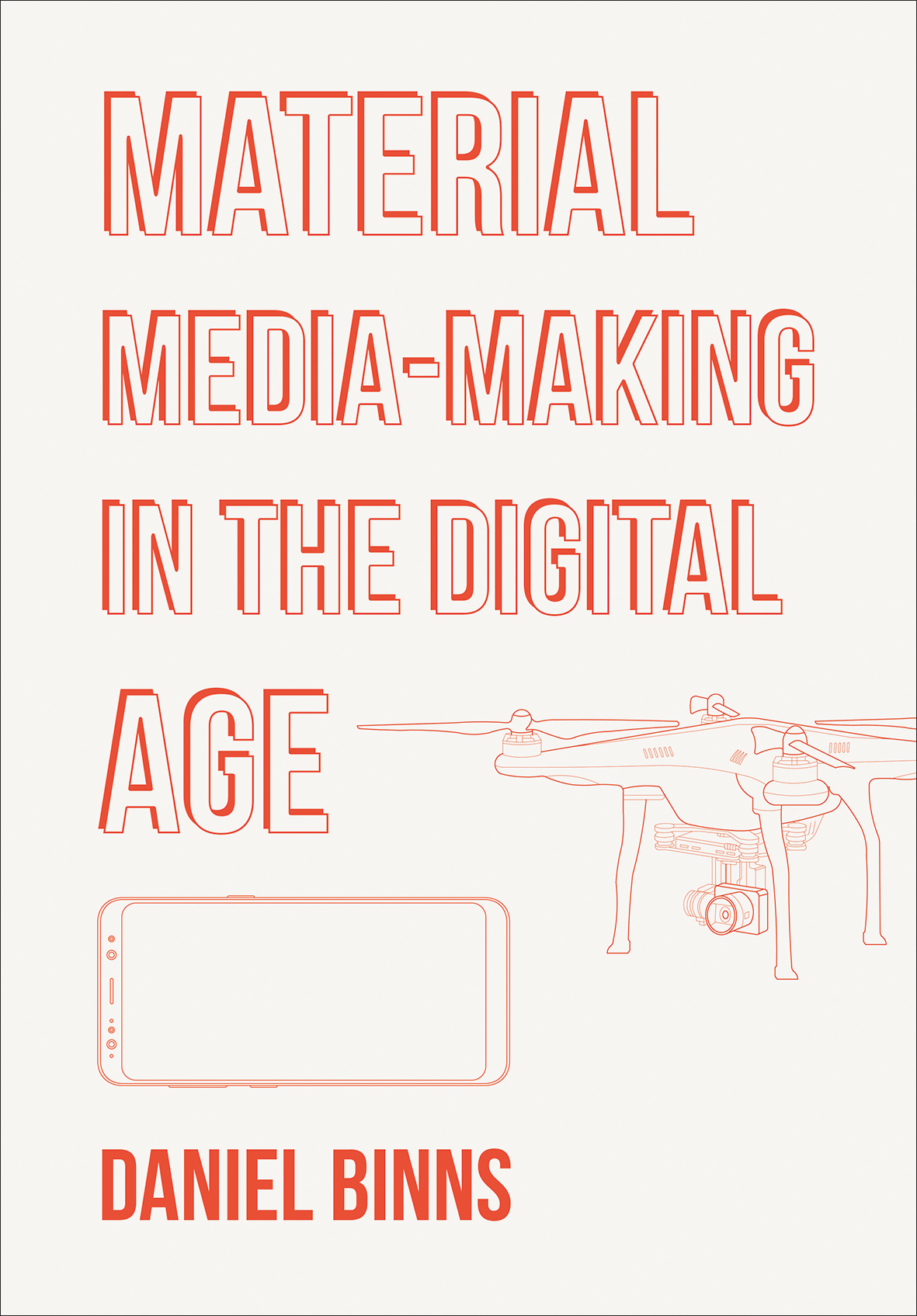
Material Media-Making in the Digital Age
There is now no shortage of media for us to consume from streaming services and video-on-demand to social media and everything else besides. This has changed the way media scholars think about the production and reception of media. Missing from these conversations though is the maker: in particular the maker who has the power to produce media in their pocket.
How might one craft a personal media-making practice that is thoughtful and considerate of the tools and materials at one's disposal? This is the core question of this original new book. Exploring a number of media-making tools and processes like drones and vlogging as well as thinking through time editing sound and the stream Binns looks out over the current media landscape in order to understand his own media practice.
The result is a personal journey through media theory history and technology furnished with practical exercises for teachers students professionals and enthusiasts: a unique combination of theory and practice written in a highly personal and personable style that is engaging and refreshing.
This book will enable readers to understand how a personal creative practice might unlock deeper thinking about media and its place in the world.
The primary readership will be among academics researchers and students in the creative arts as well as practitioners of creative arts including sound designers cinematographers and social media content producers.
Designed for classroom use this will be of particular importance for undergraduate students of film production and may also be of interest to students at MA level particularly on the growing number of courses that specifically offer a blend of theory and practice. The highly accessible writing style may also mean that it can be taken up for high school courses on film and production.
It will also be of interest to academics delivering these courses and to researchers and scholars of new media and digital cinema.
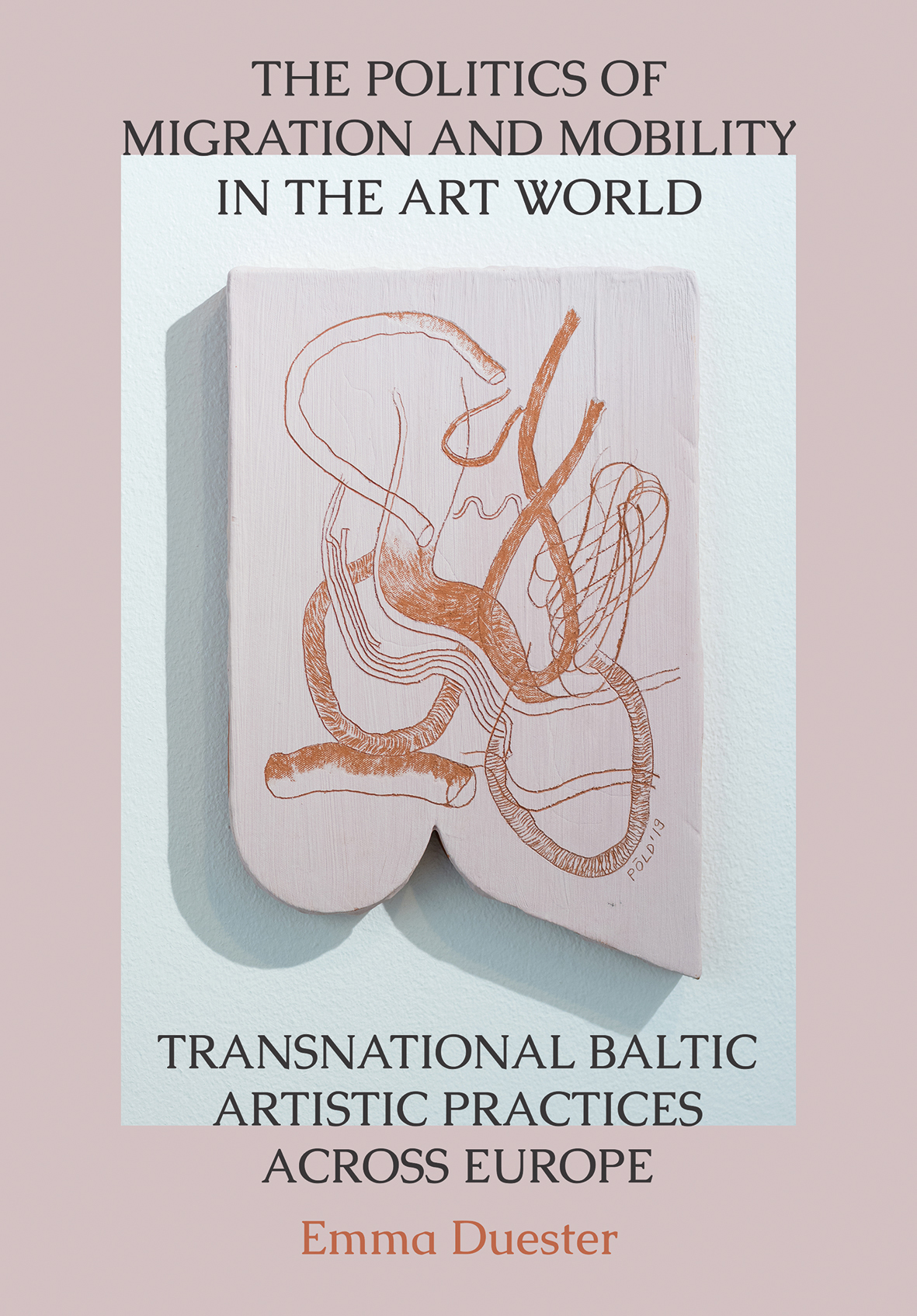
The Politics of Migration and Mobility in the Art World
While Eastern European migration is predominantly seen as one-way permanent for economic reasons and as going bilaterally from East to West Europe this book investigates alternative patterns of migration and mobility across Europe.
This original new book explores how visual artists take part in regular cross-border mobilities onward migrations and transnational communications across Europe for work and the effects of this on their feelings of home and belonging. It assesses how far there is a culture of mobility amongst visual artists from the Baltic States of Lithuania Latvia and Estonia for whom a combination of onward migration and regular cross-border mobilities is a necessity for career progression. This is due to the ‘glass ceiling’ in the Baltic States with regard to a lack of local art markets few dealers buying art and governments not providing enough funding.
How then do artists from the Baltic States get onto the global art market in the face of such barriers? This is a particularly important question as these artists come from a region where migration mobilities and cross-cultural exchanges were not freely available during the Soviet Union. This transdisciplinary investigation into visual artists’ working practices ways of moving and placing dwellings addresses this issue.
Mobile working practices have an impact on artists’ feelings of home and belonging which can be seen in their artworks that compare different cultures. This is a result of their particular combination of onward migration and regular mobilities the multiple flows in and out of the home cities and the workings of the global art market within which these artists are operating. Nevertheless these movements are determined by the forces of the global art world whereby a particular politics of migration and mobility is experienced by artists from the Baltic States wanting to ‘make it’ in the global art world.
With its focus on Baltic artists and their mobilities the scope and space explored is the whole of Europe and the mobilities explored in this text are crucially enabled by the freedom of movement in the European Union.
The book is multidisciplinary and at the intersection of art geographic mobility and creative practice. It combines visual cultures and social sciences in order to answer questions more thoroughly as well as to contextualise an analysis of artworks in a conversation with the artists themselves.
This topic is current with the situation of the ‘refugee crisis’ and Brexit that has created a culture of anti-immigration and resurgence in anti-Eastern European sentiment in government mainstream media and society.
The book discusses the implications of these complex itineraries on the conventional sociological notions of home mobility and diaspora. The author argues that artists form a ‘diaspora of practice’ rather than of ethnicity their homes are multiple as are the directions of their settlement.
Primary appeal will be to artists and art professionals; scholars working and researching on mobilities and migration issues; those working on the concepts of belonging and home; sociologists; anthropologists; those in the fields of cultural studies and European Union studies.

The Otherness of the Everyday
At the end of 2019 to the beginning of 2020 when the coronavirus first emerged Wuhan in China became the first city in the world affected by this deadly disease. It then rapidly spread to the entire country and further on to Europe America and the rest of the world.
During these strange times we witness the emptiness of streets squares and cities everywhere; we are estranged from and yet ‘connected’ to each other. As a response to the pandemic Jiang Jiehong convened in-conversation talks with figures from different disciplines in the Chinese-speaking world including anthropology architecture art curating fashion film literature media museum music and photography.
The twelve high-profile participants in these conversations are Xiang Biao Zhang Peili Pi Li Zhang Zikang Gu Zheng Li Lin Zhang Zhen Shu Kewen Jiang Jun Wang Shouzhi Chen Danqing and Zhu Zheqin.
These conversations foster new understandings of this present-day crisis; the threat of the invisible notions of distance and spatialization separation and isolation communication and mobility discipline and surveillance and community and collectiveness as well as the increase in conflicts and divisive voices between China and the world. At the same time these reflections give us the opportunity to re-examine our past ‘normality’ and to project our future visions of a post-COVID world.
Readership will include those working and studying in the humanities and specifically in the disciplines of the interviewees and those who have particular interests in contemporary China. The Otherness of the Everyday is also of interest to a more general audience who has experienced the pandemic and is seeking innovative understandings of this global crisis in human history.
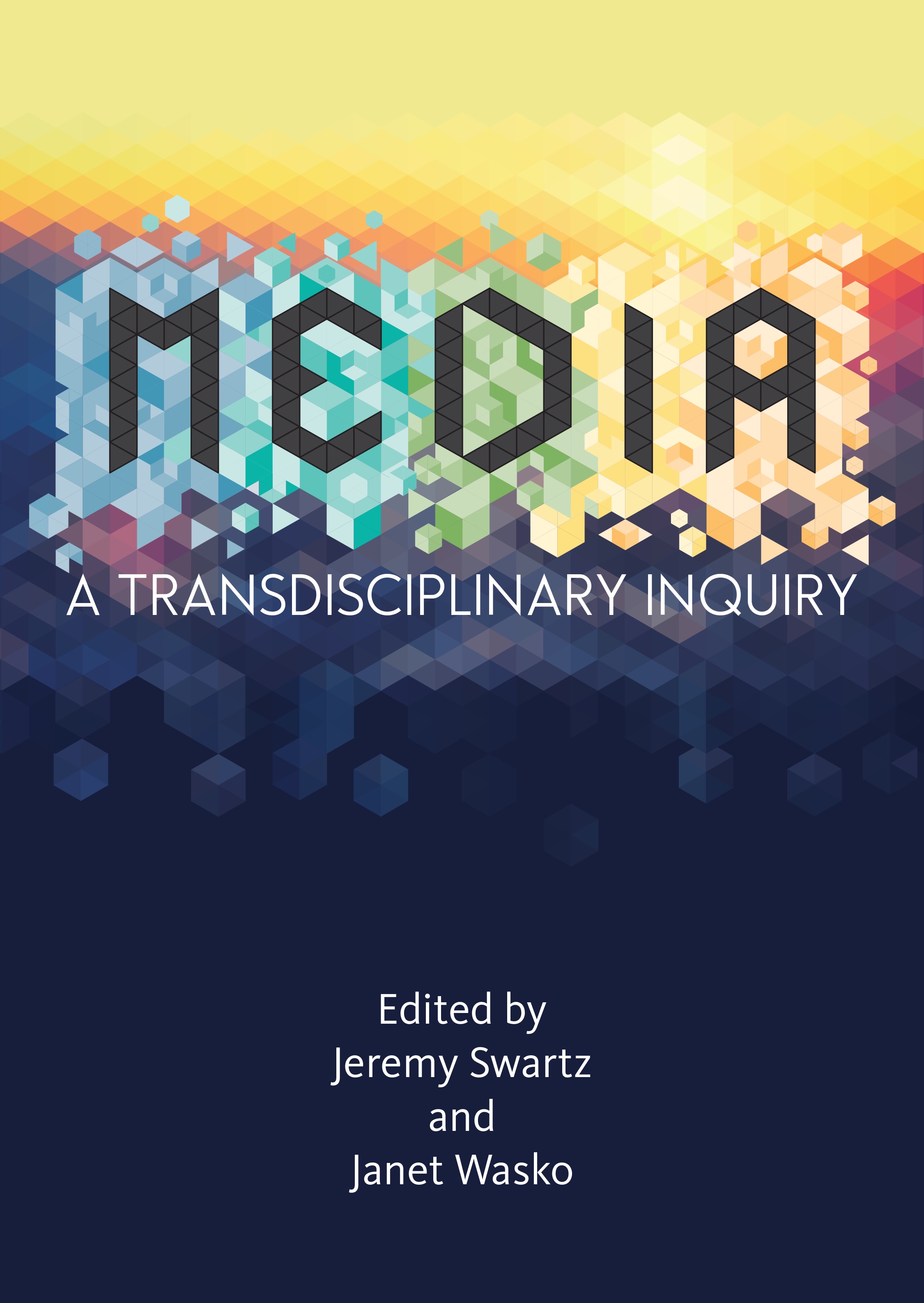
MEDIA
The first in the Media-Life-Universe trilogy this volume explores a transdisciplinary notion of media and technology exploring media as technology with special attention to its material historical and ecological ramifications. The authors reconceptualize media from environmental ecological and systems approaches drawing not only on media and communication studies but also philosophy sociology political science biology art computer science information studies and other disciplines.
Featuring a group of internationally known scholars this collection explores evolving definitions of media and how media technologies are transforming theory and practice. As the current media includes a wider and wider range of concepts products services and institutions the definition of media continues to be in a state of flux. What are media today? How is media studies evolving? How have technologies transformed communication and media theory and informed praxis? What are some of the futures of media?
The collection challenges traditional notions of media as well as concepts such as freedom of expression audience empowerment and participatory media and explores emergent media including transmedia virtual reality online games metatechnology remediation and makerspaces.
The book’s primary readership will be academics scholars and students in media and communication studies including a wide range of undergraduate and graduate courses in media studies communication studies and new media. Suitable for classroom use in the areas of philosophy of communication and media media theory media ecology cultural studies media archaeology feminist studies and political economy of communications and media.

The Cultural Meaning of Aleppo
The book documents the history and morphology of the Ancient City of Aleppo outlining first the urbanistic development of the city and then focusing on the architectural heritage with specific focus on the domestic architecture addressing the initiatives to reconstruct and rehabilitate the urban fabric. The author argues in favour of the safeguarding and rehabilitation of the architectural heritage to protect the cultural memory of the inhabitants of Aleppo despite of the destruction of architecture due to the recent war.
Through a capillary documentation of the palimpsest of Aleppo – the peculiar characteristics of its courtyard houses and the neighbourhoods of Bayyada Bab Quinnesrin and al-Farafra – this is a theoretical and practical handbook for architects urban planners and restorers alike. Through this analytical discussion of the city’s urban fabric it introduces the concept of the cultural urban landscape acting as a 'cohesive territorial organism' nourished by different cultures in which contrasting scales of land city and neighbourhood are interconnected in a fractal state. With a focus on retaining the uniqueness and diversity of this residential typology which bore witness to the rich cultural history of Syria and the Middle East as a whole Neglia maps a future reconstruction that focuses on cultural continuity tradition and the re-establishment of a crucial social memory.
Of particular interest and relevance to cultural heritage experts urban planners architects and designers. Also to researchers scholars and students interested in studies on urban morphology and building typology UNESCO and ICOMOS. Scholars and students interested in the Middle East.
Will also be of significant interest to professionals dealing with the implementation of rehabilitation measures in other cities inscribed on the Word Cultural Heritage List or cities with a sound historic fabric which has been destroyed due to war or other events.

The Friday Mosque in the City
Concerned with the relationship between Friday mosque and city in the Islamic context. Focusing particularly on the Friday mosque the book aims at exploring the concept of liminal(ity) in spatial terms and discuss it in terms of the relationship between the Friday mosque and its surrounding urban context. Transition spaces/zones between the mosque and the urban context are discussed through the case studies from various contexts. In doing so the manuscript reveals different forms of liminality in spatial sense.
Considers widely-studied topics such as the ‘Friday mosque’ or the ‘Islamic city’ through a fresh new lens critically examining each case study in its own spatial urban and socio-cultural context. While these two well-known themes – concepts that once defined the field – have been widely studied by historians of Islamic architecture and urbanism this collection specifically addresses the functional and spatial ambiguity or liminality between these spaces. Thus instead of addressing the Friday mosque as the central signifier of the ‘Islamic city’ the articles in this volume provide evidence that there was (and continues to be) a tremendous variety in the way architectural borders became fluid in and around Friday mosques across the Islamic geography from Cordoba to Jerusalem and from London to Lahore.
By historicizing different cases and contributing to our knowledge of the way human agency through ritual and politics shaped the physical and social fabric of the city the papers collectively challenge the generalizing and reductionist tendencies in earlier scholarship. The disciplinary approaches are varied and include archaeology art history history epigraphy and architecture.
The original approach in the book addressing of the topic of liminality from different points of view and in different periods creates a fresh approach that invites students and scholars to think deeply about the imbrication of congregational mosques in the daily life of the cities that host them. Moreover in considering mosque and city together the mosque appears as a living space subject to change and history and made with political and social purpose rather than as a holy space disconnected from the rest of the world.
Traditional studies of mosques focus on architecture and aesthetic language and try to establish a lineal development of the building typology connected to the history of Islam across different territories. The present study offers an alternative (though not competing) perspective where locality and politics play a major role in the materialization of the congregational mosque as a religious and communal space. The wide historical frame enables comparison of congregational mosques in different historical periods: it is particularly a strong contrast to see how the liminality of the mosque changes between the early and classical periods of Islam on one side and the more contemporary times on the other. The consideration of diverging cultural political and sectarian settings is another interesting element of comparison.
Primary market will include scholars academics and students working on or studying Islamic studies particularly Islamic history Islamic architecture and Islamic archaeology.
Also of relevance to architectural historians architects art historians city planners city historians urban designers architectural critics historians sociologists archeologists and those interested in religious studies and in archaeology of religion.

Post-Specimen Encounters Between Art, Science and Curating
This edited collection explores a subject of great potential for both art historians and museologists – that of the nature of the specimen and how it might be reinterpreted. Through its cross-disciplinary contributions written by a team of art historians artists poets anthropologists critics and curators this book looks at how artistic encounters in museums ranging from anatomy museums to contemporary cabinets of curiosity can provoke new modes of thinking about art science and curating.
Museological literature in the past focused on artefacts or objects; this is an original contribution to the field and offers new readings of old issues inspiring new understandings of the relationships between art science and curating.
Brings together international expertise from art practitioners historians creative writers and theorists in France the United States United Kingdom and New Zealand. Contributions from creative practitioners draw upon their own experience of producing artworks in response to specific scientific collections while historians anthropologists critics and writers examine how museums stimulate incite and otherwise inspire artistic awareness of science and its specimens.
One of the most important contributions this book will make is drawing together several threads of research and practice to encourage interdisciplinary discussion.
It provides new ways of thinking about the relationships between art science museums and their objects. It concentrates on the ways in which scientific collections kindle novel aesthetic strategies and inspire new scholarly interpretations of art science curating and epistemology. In so doing it will make a considerable contribution to the fields of art writing creative practice art theory the history of science and curating.
This book will appeal to academics researchers undergraduates and postgraduates studying fine art curating museology art history the history of science creative writing; visual artists curators and other creative practitioners. Also of interest to museum audiences. Reading list potential.
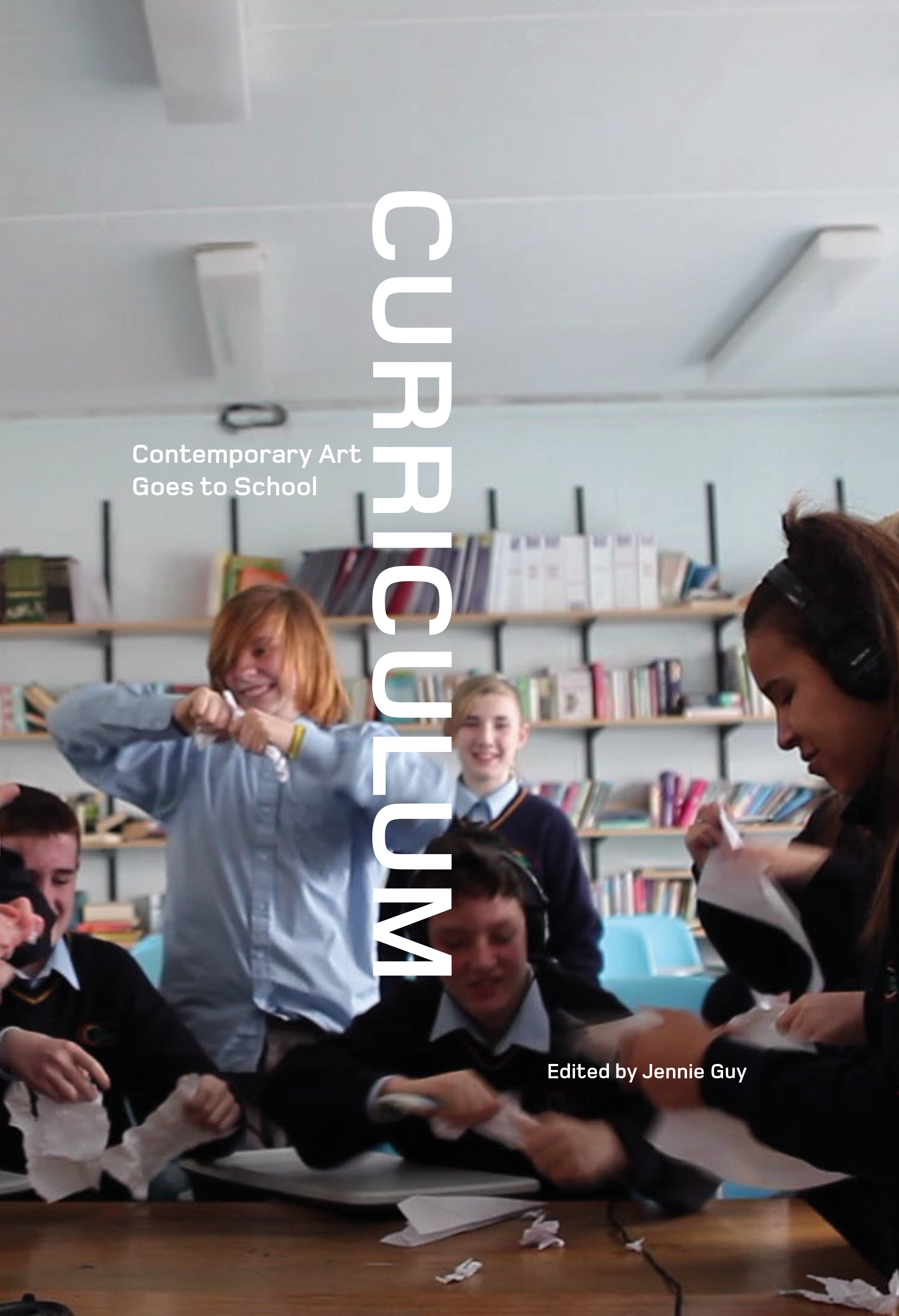
Curriculum
There is an urgent focus on education around the world and this book is pushing directly into this territory. It will appeal to a wide range of readers – to anyone who is passionate about art and or education – and will have a strong international appeal as the contributors have international profiles and the book is poised to address global issues concerning contemporary art education and independent practice.
In this collection of original essays the writers engage with the work of the artists who took part in Art School. Each contribution provides a lens through which each writer can focus on specific moments within the evolution of Art School working outwards to explore how these moments resonate with the wider fields of art-in-education and radical pedagogies. These texts respond to a widespread concern with art and its place in education while retaining a committed and informed engagement with the phenomena they assess.
Art School takes place as a series of independent projects exhibitions workshop and residency programmes bringing active contemporary artists into educational systems to inspire and expand their teachings.
Responding to a growing desire to rethink art education at all levels it is for those committed to new forms of social imagination and social engagement in contemporary art. This book is for curators schoolteachers and other educators and also for artists and art students who wish to extend their practice beyond the gallery.
Less a manifesto or a declaration of doctrine than an emergent set of experiments Curriculum considers the school as a zone of artistic and curatorial practice foregrounding the potential of contemporary art (understood in wide terms) to stimulate students’ creativity in original and open ways.
Although the book focuses on a specific project in Ireland that project exemplifies trends in art and education that are happening around the world and includes contributions from an international group of scholars all well-known in their field.
Contributors: Clare Butcher Gerard Byrne Juan Canela Helen Carey Daniela Cascella Fiona Gannon Jennie Guy Andrew Hunt Hannah Jickling & Helen Reed Alissa Kleist Rowan Lear Peter Maybury Annemarie Ní Churreáin Nathan O’Donnell Sofia Olascoaga and Priscila Fernandes Matt Packer and Sjoerd Westbroek.
Artists: Sven Anderson John Beattie Clare Breen Sarah Browne Karl Burke Rhona Byrne Ella de Búrca Vanessa Donoso Lopez Priscila Fernandes Hannah Fitz Jane Fogarty Kevin Gaffney Adam Gibney Fiona Hallinan Elaine Leader Maria McKinney Maeve Mulrennan Mark O’Kelly Sarah Pierce Naomi Sex and Orlaith Treacy.
Primary interest will be among educators artists curators academics and students and others working or studying in a variety of settings including school universities museums and other arts organisations.
Of interest to these groups in the following ways:
Artists: Learning about how other artists are working in sites of education.
Curators: Reading about the curatorial mechanisms that support artists maintaining the ethics and integrity of their practice when working with younger audiences in schools.
Gallerists: Extending the horizons of audience and public outreach.
Museums: Considering new models of education outreach exhibition and off-site events.
Schools: Learning about new models of artist residencies and workshops.
Students and Parents: Researching the potential of contemporary artists’ impact on education.
Educators: Forming a critical perspective of how contemporary arts practice can be integrated in curricula.
Local and National Arts Agencies: Learning about how independent curatorial and artistic practice can co-exist within sites of education.
This publication was funded by the Arts Council of Ireland and the Arts Office of Wicklow County Council.
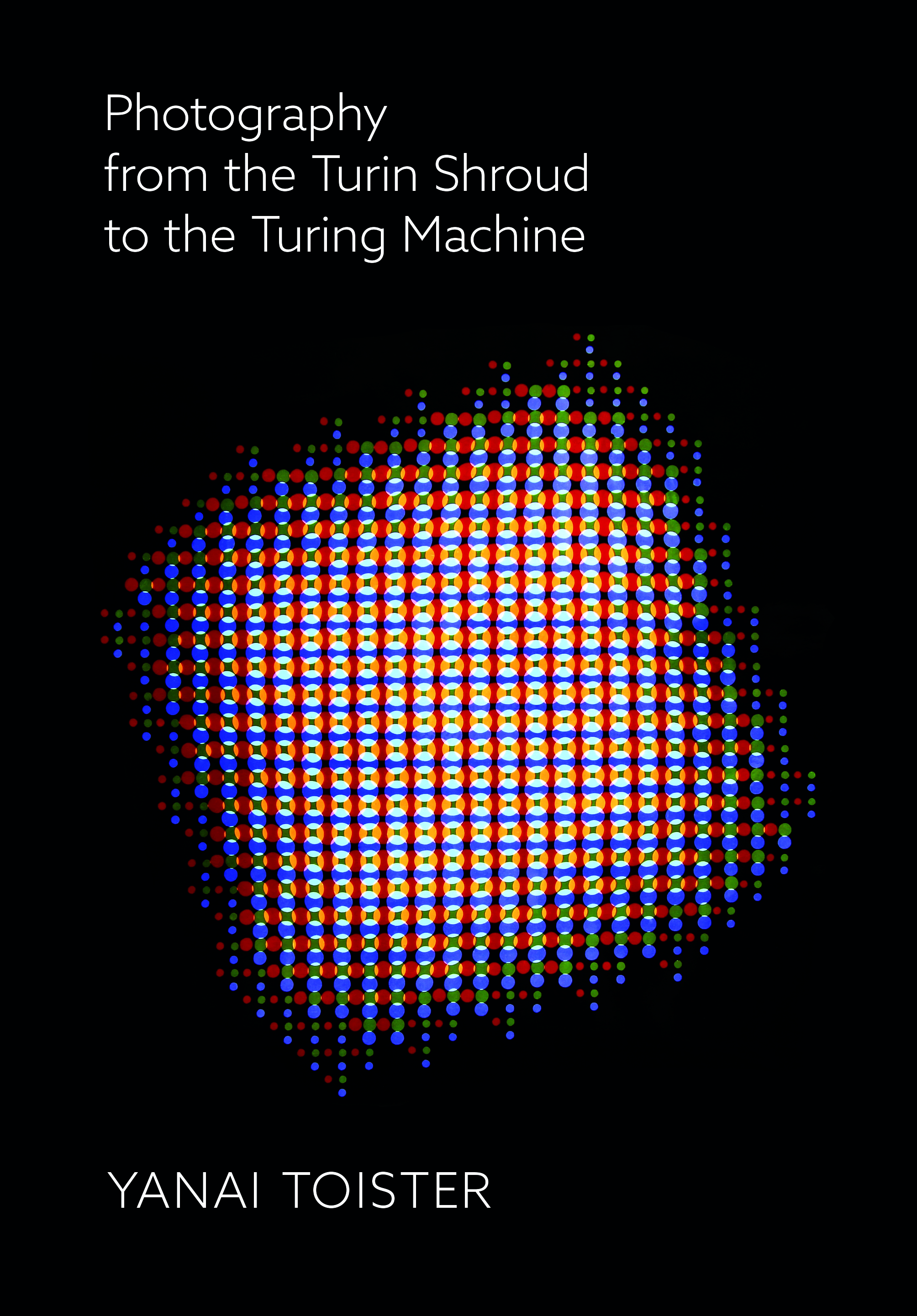
Photography from the Turin Shroud to the Turing Machine
This book introduces two conceptual models of photography: the Turin Shroud and the universal Turing machine. The Turin Shroud inspires a discussion on photography’s frequently acclaimed ‘ontological privilege’ which has conditioned an understanding of photography as a sui generis breed of images wherein pictorial representation is coextensive with human vision. This is then contrasted with a discussion of the universal Turing machine which integrates photography into a framework of media philosophy and algorithmic art. Here photography becomes more than just the present-day sum of its depiction traditions devices and dissemination networks. Rather it is archetypical of multiple systems of abstraction and classification and various other symbolic processes of transformation.

Architecture Filmmaking
Unlike other books on architecture and film Architecture Filmmaking investigates how the now-expanded field of architecture utilizes the practice of filmmaking (feature/short film stop motion animation and documentary) or video/moving image in research teaching and practice and what the consequences of this interdisciplinary exchange are. While architecture and filmmaking have clearly distinct disciplinary outputs and filmmaking is a much younger art than architecture the intersection between them is less defined. This book investigates the ways in which architectural researchers teachers of architecture their students and practising architects filmmakers and artists are using filmmaking uniquely in their practice.
